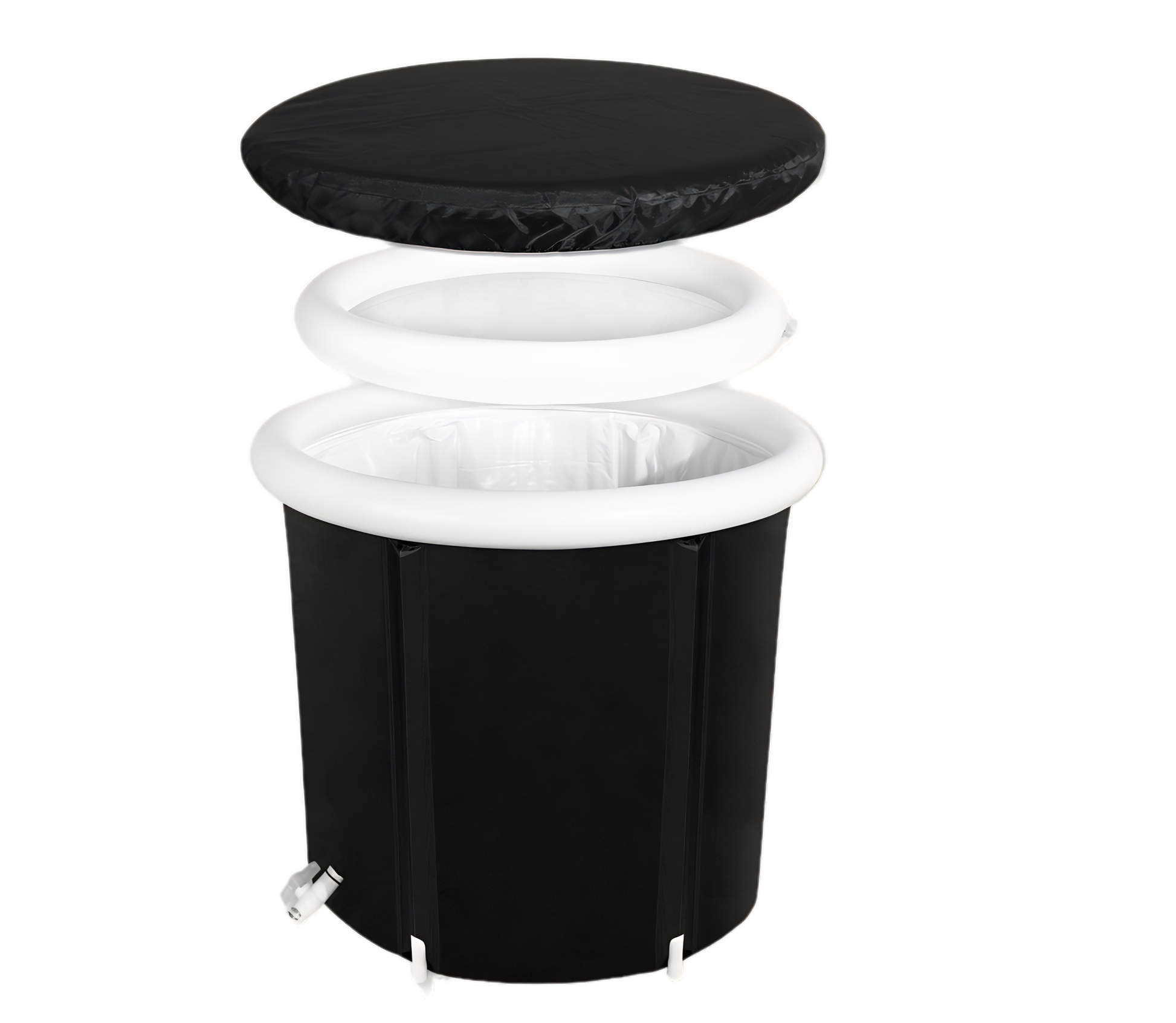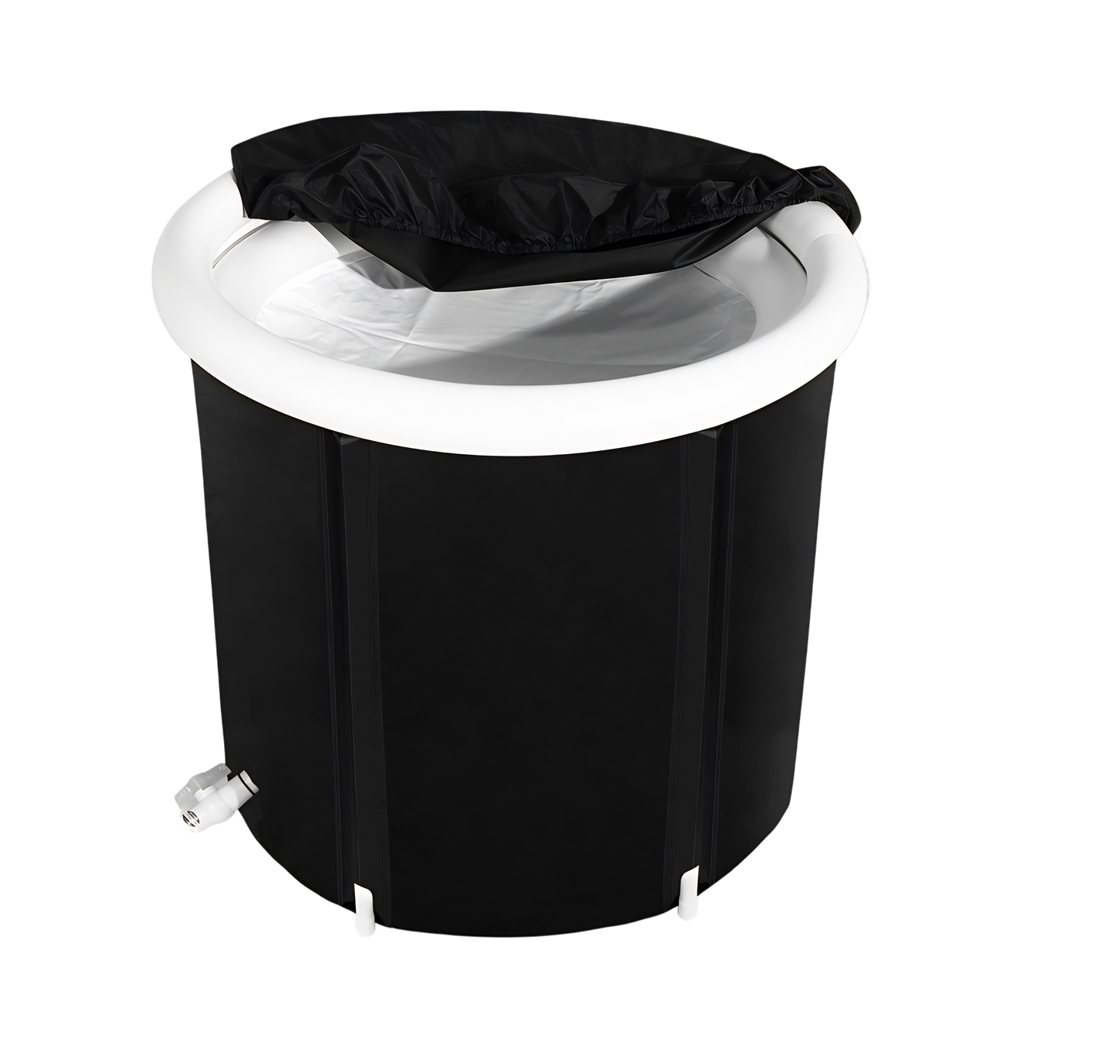Key Takeaways
- Ice baths have several benefits, including aiding muscle recovery, reducing inflammation, and boosting mood.
- Despite these advantages, it's crucial to understand the correct usage and potential risks associated with them.
- Individual response to cold exposure can vary widely; thus, a personalized approach is best.
- A combination of science-backed data and personal testimonials indicate that ice baths can be beneficial when used appropriately.
Unearthing the Benefits of Ice Baths
Firstly, the benefits of ice baths are multifold, from physical gains to psychological advantages.
Physical Benefits
Muscle Recovery & Inflammation
Ice baths are predominantly known for their role in hastening muscle recovery. The cold water immersion causes blood vessels to constrict, reducing inflammation and swelling. Once you step out of the bath, the re-warming process triggers increased blood flow, flushing out lactic acid and delivering nutrients that aid in muscle recovery. Aussie Ice Bath's founder Jake Marler personally uses ice baths to recover after a hard week of MMA sparring and training!
Immune System Boost
Some research suggests that regular cold exposure can stimulate the immune system, potentially reducing the frequency of colds and other minor ailments.
By placing the body under controlled stress, we can develop a natural resistance to other stressors that are out of our control; i.e. all the bugs and colds that try and invade our bodies during flu season!
Psychological Benefits
Mood Enhancement & Mental Fortitude
Cold water can stimulate the production of endorphins, the body's natural painkillers, leading to mood elevation. Plus, the discipline and resilience required to plunge into icy water can foster mental strength. Anyone who has had an ice bath, or even cold shower, can attest to the massive feel good rush one feels after accomplishing the frosty challenge and getting out.
Despite the notable benefits, the mantra, "if some is good, more must be better," doesn't apply to ice baths. To gain maximum benefit, it's crucial to adhere to optimal timing and frequency guidelines.
Timing and Frequency: Finding the Sweet Spot
A duration of 10 to 15 minutes is typically recommended for an ice bath session, with the water temperature being around 10 to 15 degrees Celsius (50-59°F). Overdoing it could potentially lead to numbness, frostbite, or hypothermia.
Ice baths can be taken daily by seasoned users, but beginners should start with once or twice a week, gradually increasing as the body adapts.
Ice Baths: Not a One-Size-Fits-All Approach
Individual responses to cold exposure vary widely. While some may thrive with regular ice baths, others may find the stress counterproductive. It's crucial to listen to your body and adjust your cold exposure accordingly.
Risks and Precautions: Staying on the Safe Side
Ice baths can cause shock to the system, potentially leading to issues like fainting or hypothermia if not done correctly. Those with certain health conditions like cardiovascular disease or Raynaud's disease should avoid them. Always consult with a healthcare provider before starting a new wellness practice such as ice baths.
The Final Chill
When it comes down to the question, "Are ice baths really good for you?" the answer isn't a simple yes or no. They do offer several benefits, but it's essential to use them correctly and listen to your body. As more research emerges, the scientific consensus on ice baths continues to evolve. However, the combination of science-backed data and personal testimonials leans favorably towards the benefits of ice baths when used appropriately.
So, why not give it a try? You might just find the cool way to recovery and relaxation!






